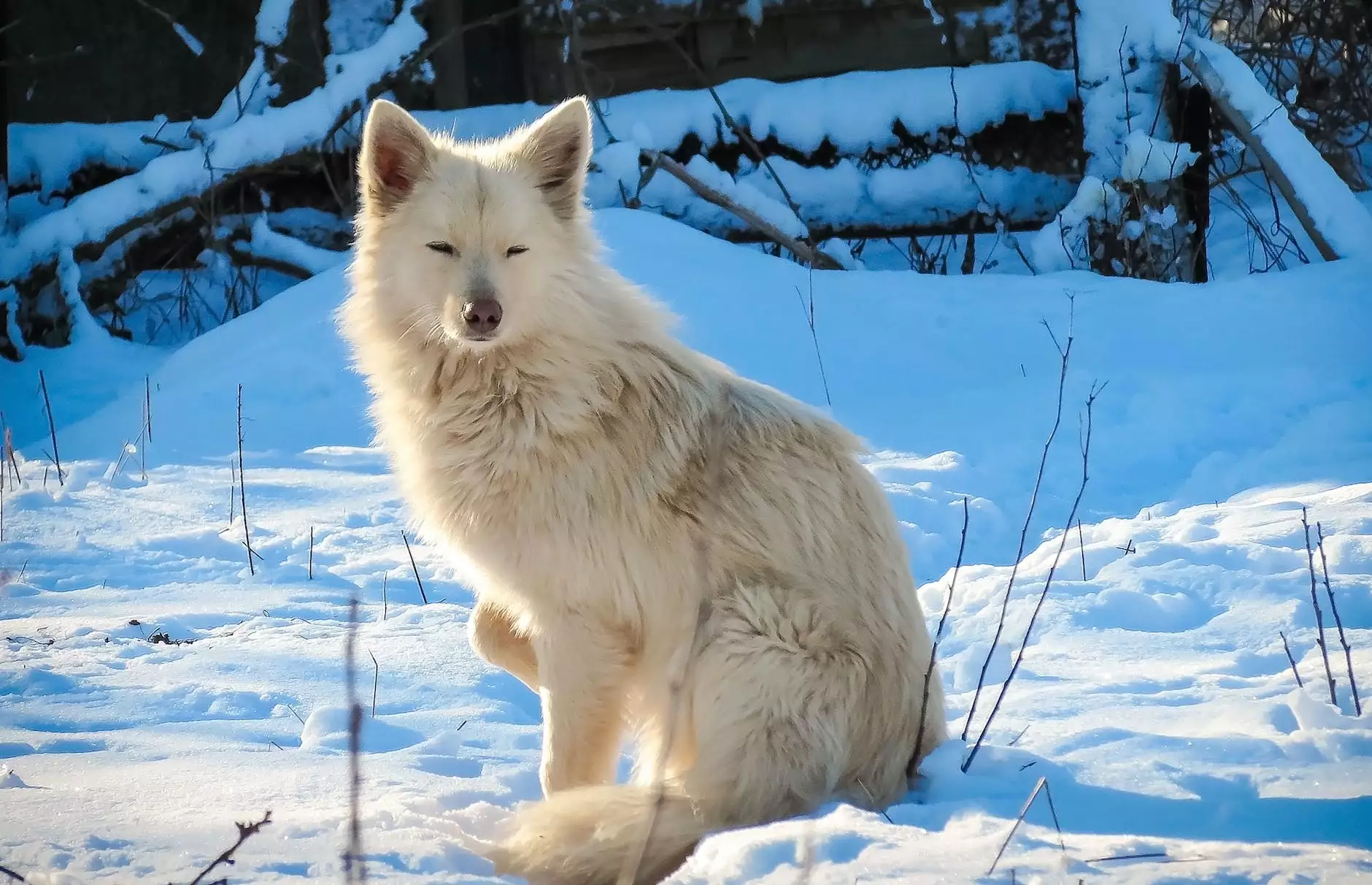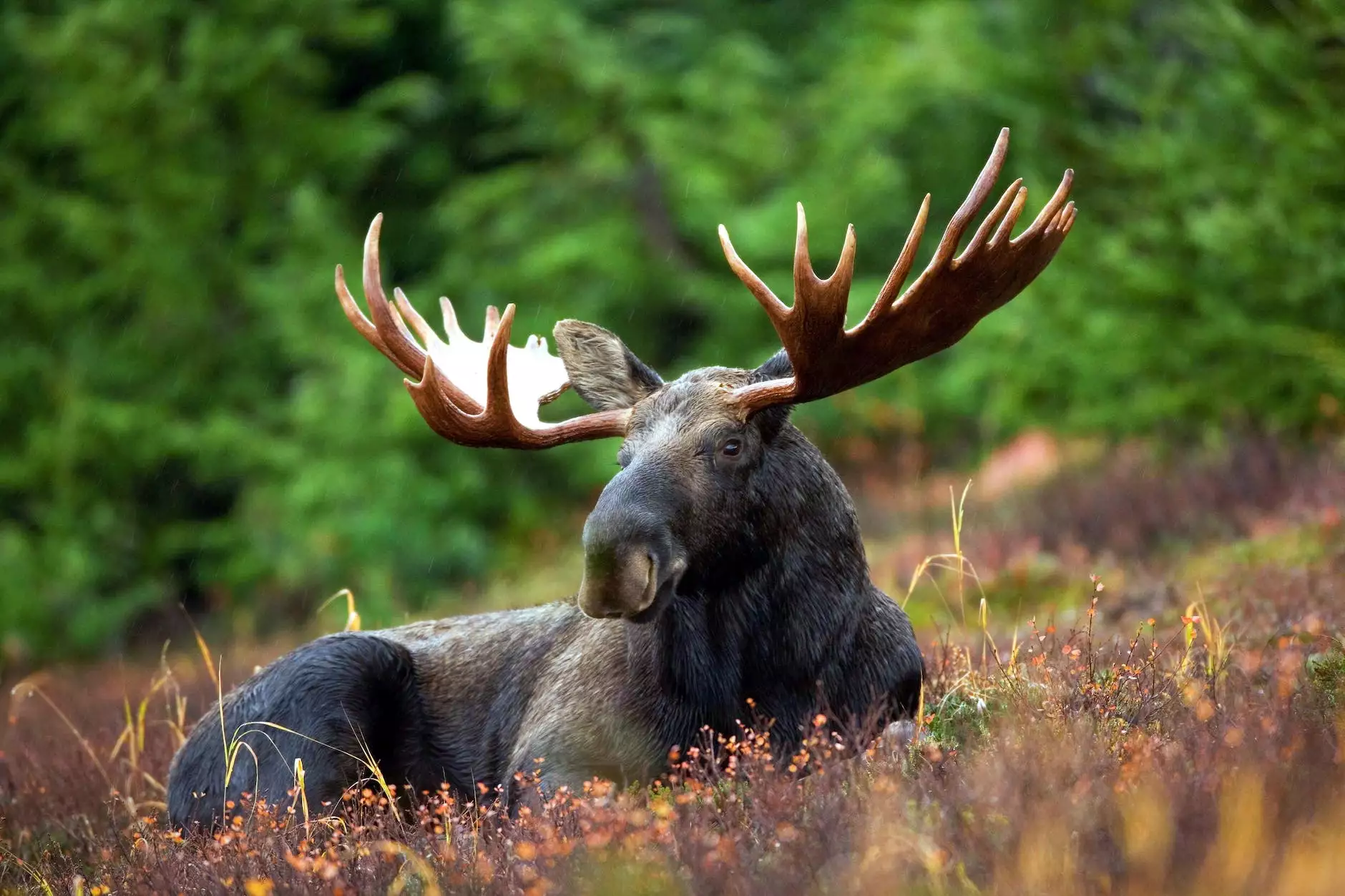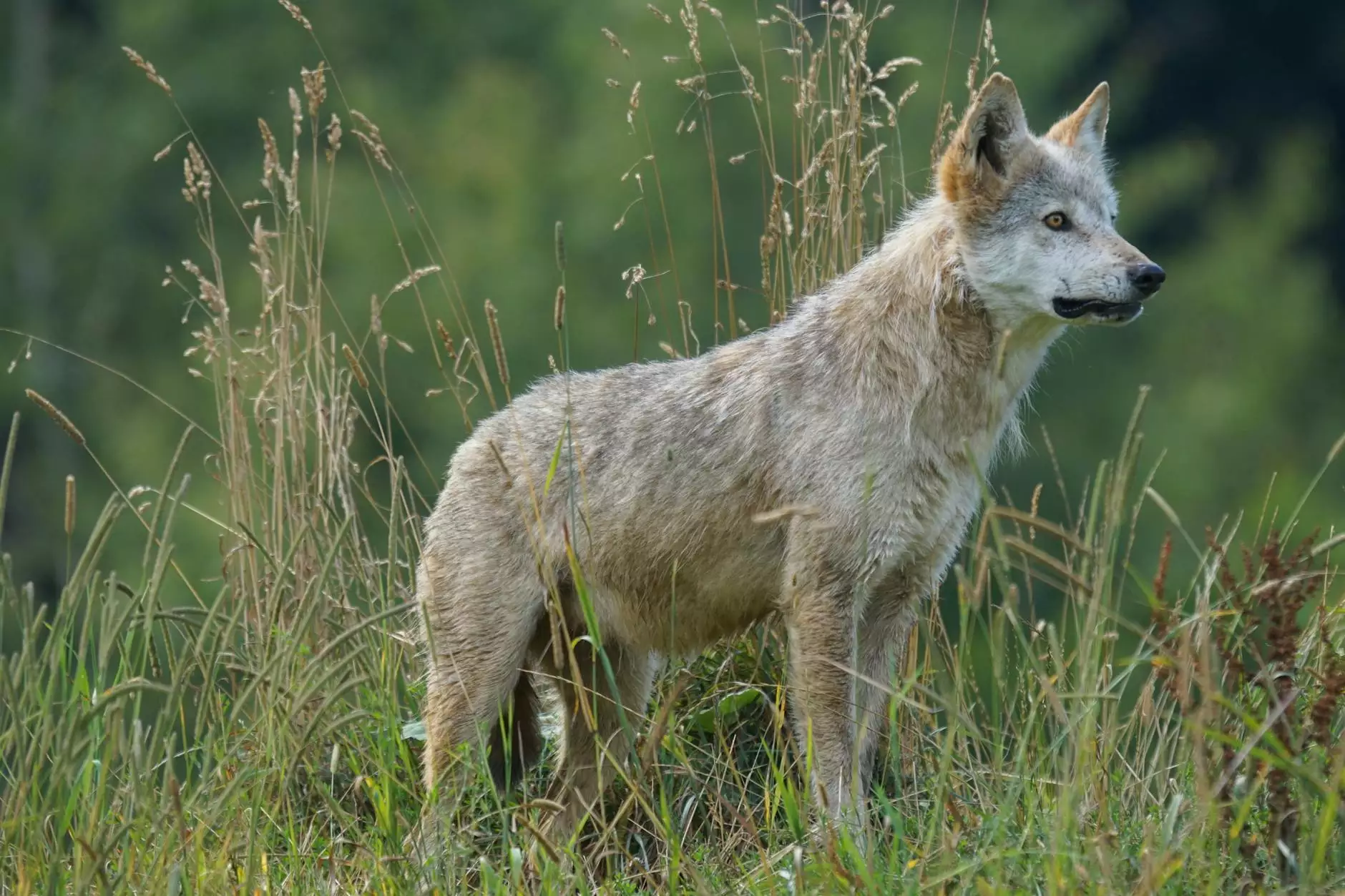Gibbon Wolf Pack Standing on Snow
Blog
About the Gibbon Wolf Pack
The Gibbon wolf pack, captured brilliantly in the photograph by Doug Smith in March 2007, represents the essence of the wild. These majestic creatures, known scientifically as Canis lupus, are masterful at survival and live in close-knit family units called packs. With their distinctive appearance, intelligence, and social structure, wolves have mesmerized humans for centuries.
The Family Structure of Wolves
Wolf families, or packs, are an integral part of their survival. Each pack, like the Gibbon wolf pack, is led by an alpha pair consisting of a dominant male and female. The pack members include their offspring from previous years, typically ranging from 2 to 12 individuals. These tightly bonded groups work together to hunt, raise their young, and defend their territory.
Behavior and Communication
Wolves are highly intelligent creatures with complex communication systems. They use body language, vocalizations, and scent marking to convey messages within their pack and to other neighboring packs. Howls serve as a vital form of long-distance communication, allowing wolves to communicate their location, warn off intruders, or gather the pack before hunting.
The Importance of Wolves in the Ecosystem
Wolves play a crucial role in maintaining balanced ecosystems. As apex predators, they regulate prey populations, preventing overgrazing and controlling herbivore numbers. By doing so, they indirectly influence vegetation patterns, improve habitat conditions for a variety of species, and promote biodiversity. The presence of wolves has a cascading effect on the entire ecosystem, benefiting other wildlife and even shaping rivers and landscapes.
Wolves and Their Habitat
The gibbon wolf pack photographed on snow showcases one of the many habitats wolves inhabit. Wolves are found across diverse ecosystems, from snow-covered territories in the northern latitudes to vast forests, grasslands, and even deserts. They are adaptable creatures, capable of thriving in various climatic conditions and adapting their hunting strategies accordingly.
Conservation and Wolf Advocacy
Given their historical significance and ecological impact, wolf conservation has become an important aspect of wildlife management. Organizations like Meaningful Connections Brand Consulting are dedicated to spreading awareness, promoting responsible stewardship of wolf populations, and encouraging peaceful coexistence between humans and wolves. Through education and advocacy, we aim to preserve the delicate balance of nature while ensuring the continued existence of these remarkable creatures.
Conclusion
The Gibbon wolf pack standing on snow, elegantly captured by Doug Smith in March 2007, reminds us of the beauty and wilderness that wolves represent. Understanding their family dynamics, behavior, and ecological importance is paramount to appreciating their true value in the natural world. By supporting organizations like Meaningful Connections Brand Consulting and taking steps towards wolf conservation, we can ensure a future where these magnificent creatures continue to roam and inspire awe in generations to come.










